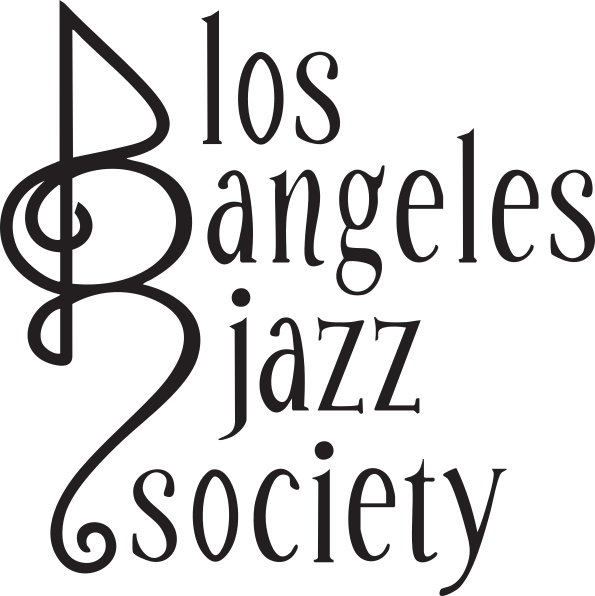Bill Green Centennial
William "Bill" Green: A Centennial Tribute
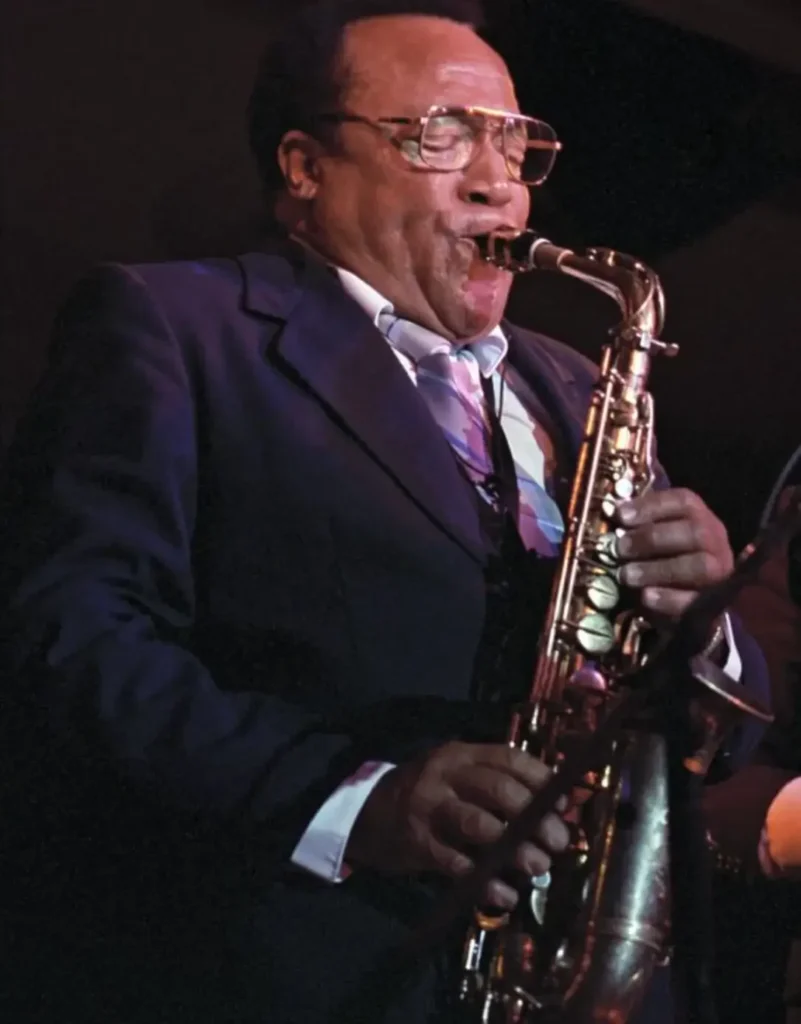
Honoring 100 Years of Musical Legacy (1925-2025)
In celebration of the centennial of Bill Green’s birth, the Los Angeles Jazz Society honors the extraordinary life and lasting impact of one of Los Angeles’s most influential jazz musicians and educators.
Early Life and Musical Beginnings
William “Bill” Green was born on February 28, 1925, in Kansas City, Kansas, during the height of the Jazz Age. His musical journey began at the tender age of 10, when he first picked up the alto saxophone—his father’s instrument, which would become the gateway to a remarkable musical career spanning over five decades.
Growing up in Kansas City, young Bill took inexpensive saxophone lessons from local musicians and quickly demonstrated his exceptional talent. By his early teens, he was performing with the local WPA Big Band, where he met Louis Whitworth, who would become both his musical mentor and father figure. The band members recognized Bill’s potential and chipped in to buy him his first clarinet, an act of generosity that opened new musical doors for the aspiring musician.
Remarkably, by age 14, Bill was already teaching other students, launching what would become a lifelong dedication to music education. This early start in teaching would lay the groundwork for him to become an exceptional educator, as significant to his legacy as his performing career.
Military Service and the Path to Los Angeles
After graduating high school in 1942, Bill served his country in the U.S. Navy as a Machinist’s Mate. Even during his military service, his passion for music never waned—he continued playing in San Diego and Los Angeles when he was on liberty, keeping his musical skills sharp and his love for performance alive.
Following his discharge in 1946, Bill briefly returned to Kansas City, where he played bebop in local nightclubs. However, the call of Los Angeles and its vibrant music scene proved irresistible. In September 1946, armed with his G.I. Bill benefits and dreams of a life in music, he, alongside a group of his Kansas City musician friends, made the pivotal decision to move to Los Angeles—a move that would define the rest of Bill’s career.
The Golden Era of Central Avenue
Bill arrived in Los Angeles during the golden era of the Central Avenue jazz scene, a time when the strip was an African American enclave, alive with legendary clubs and world-class musicians. Understanding the importance of being at the heart of the action, he strategically rented a room from Sonny Criss’s mother, allowing him to watch and listen to Sonny as he practiced for many hours a day. This same room was located blocks from Central Avenue—close to iconic venues like the Downbeat, Club Alabam, and the Last Word.
His proximity to the iconic avenue allowed Bill to immerse himself fully in the scene, where he quickly established himself as an integral part of this vital musical community. He performed at local clubs such as Marty’s and House of Rhythm, participated in benefits at the Lincoln Theater, and regularly jammed with jazz legends including Miles Davis, Dexter Gordon, Wardell Gray, and Lucky Thompson.
It was during this period that Bill met and worked with Buddy Collette, who became one of his closest friends and colleagues —just one example of the lasting relationships with fellow jazz artists that would span his entire career and contribute to the rich tapestry of Los Angeles jazz history.
Education and Professional Development
Bill’s commitment to musical excellence led him to pursue formal education at the Los Angeles Conservatory of Music and Arts, where he studied from 1947 to 1952, earning both a bachelor’s and a master’s degree. His classical training on clarinet and flute, combined with his jazz expertise, created a unique skill set that would make him invaluable in the studio world.
While attending school on the G.I. Bill—sometimes surviving on beans and bread while waiting for benefit payments—Bill worked nights at clubs, driving to Long Beach, San Pedro, Santa Barbara, and all around Southern California, demonstrating the tireless dedication and work ethic that would characterize his entire career.
Bill studied with the legendary clarinet master Mitchell Lurie, developing proficiency on multiple instruments, including saxophone, clarinet, flute, and oboe, which made him one of the most versatile woodwind players in Los Angeles.
Studio Musician and Pathbreaker
Bill’s exceptional musicianship and versatility made him one of Los Angeles’s most sought-after and first-call studio musicians. His classical training, combined with jazz sensibilities, proved particularly valuable for Motown artists who needed classical touches in their arrangements.

His impressive recording credits and personal appearances include collaborations with:
- Popular Artists: Tony Bennett, Frank Sinatra, Nat Cole, Johnny Mathis, Nancy Wilson, Helen Reddy, Ella Fitzgerald, Natalie Cole, Gladys Knight, Burt Bacharach, Peggy Lee, Dionne Warwick, Sarah Vaughan, and many others.
- Notable Musicians and Orchestras: Benny Carter, Percy Faith, Nelson Riddle, John Green, John Williams, Gil Fuller, Quincy Jones, Henry Mancini, Buddy Rich, Lionel Hampton, Lou Belson, Matt Catingub, Capp-Pierce Juggernaut, and the Clayton-Hamilton Jazz Orchestra.
Bill also performed with the Los Angeles Philharmonic in addition to numerous award shows, showcasing his classical abilities alongside his jazz credentials.
Beyond his musical accomplishments, Bill was a trailblazer for racial integration in the music industry. In 1948, he helped form the Progressive Musicians Organization with Buddy Collette and others and became an organizer of the Local 767 Rhythm Club, the all-black musicians’ union. In 1953, after years of negotiations, the Local 767 Rhythm Club merged with Local 47, the all-white musicians’ union. Bill was also one of the first black musicians to work in the recording studios and on television, having been brought into the Donna Reed Show orchestra by his teacher, Mitchell Lurie. With Buddy Collette and others, he led the way for other black musicians to work in the studios and on television. In the 1960s, Bill, Buddy Collette, and Toni Robinson were the first black musicians to work in the previously all-white Academy Awards Orchestra.
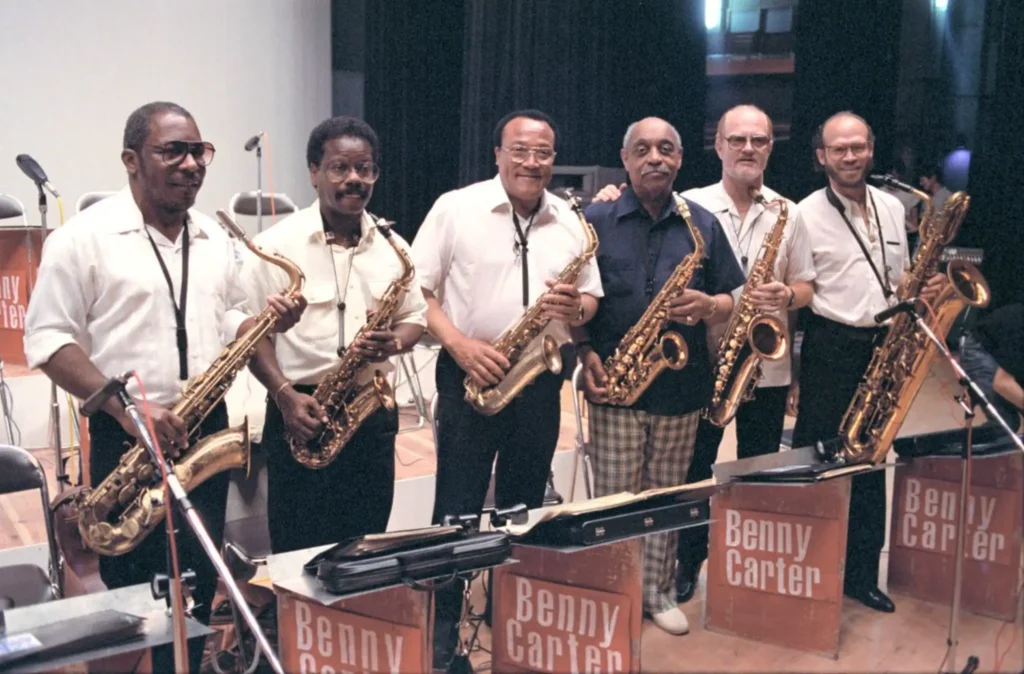
Educator and Mentor
Bill’s dedication to education paralleled his performing excellence, establishing him as equally influential in the classroom as he was on stage. Immediately upon arriving in Los Angeles, Bill began teaching private lessons at Jefferson High School, following in the footsteps of Lloyd Reese and Sam Browne. From 1952 to 1962, he taught at his alma mater, the Los Angeles Conservatory of Music and Arts, and later at prestigious institutions including California State University and the University of Southern California.
For many years until his death, Bill maintained a private studio on La Brea Avenue that became more than just a teaching space—it was a gathering place for multiple generations of musicians and a venue for both learning and jamming. The studio was described as “a large open space where saxophone students attended their 30-minute lessons,” an environment that resembled his early lessons as a young boy in Kansas City but had its own distinct characteristics. Here, Bill’s personality shone through in memorable ways, including his playful demonstrations of musicianship and athleticism, as he played his baritone saxophone while riding a unicycle.
Bill’s teaching extended beyond formal institutions and private instruction. At Candelabra Hall, adjacent to Marty’s jazz club at 58th and Broadway, he taught solfege, music theory, and jazz musicianship to groups of Los Angeles youth who lined up with their horns before his evening performances, demonstrating his commitment to nurturing young talent.
Students remember Bill as stern yet calming, with infinite patience and a commitment that inspired each student, regardless of age, experience, or level of expertise. He had the remarkable ability to listen to each student’s sound, reflect on it, and give them exactly what they needed at that moment to grow and take the next step into future lessons and beyond.
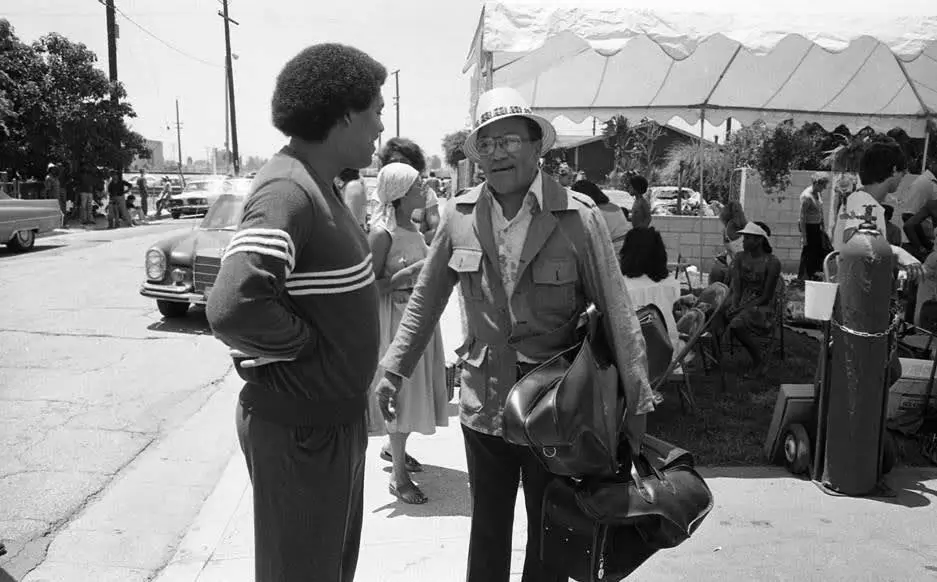
The Bill Green Mentorship Program
In 1998, the Los Angeles Jazz Society established the Bill Green Mentorship Program in Bill’s honor to carry out his legacy by supplementing the musical education of promising young jazz musicians and encouraging their development as future professionals. The Bill Green Mentorship Program, now in its 37th year, stands as a testament to Bill’s enduring impact on jazz education.
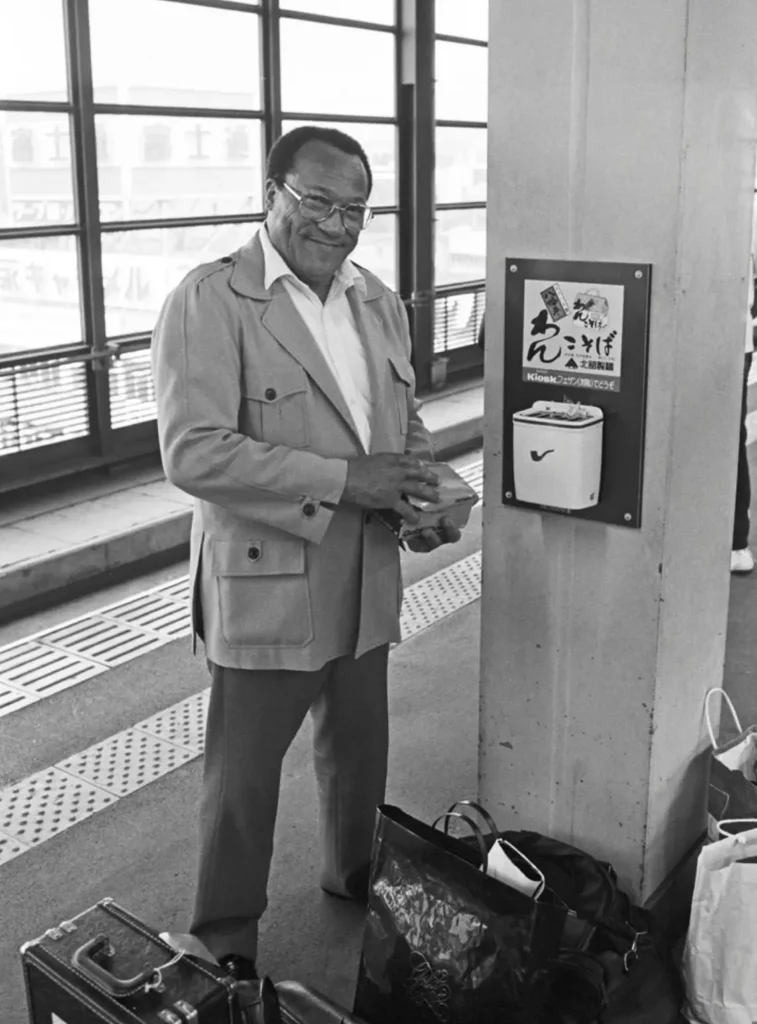
Centennial Celebration
Bill’s story, briefly told here, captures both the struggles and extraordinary achievements of his life — from growing up in the projects of St. Louis as a child, surviving on meager means while pursuing his formal education, to becoming one of the most respected musicians in Los Angeles. His life and work, preserved through the memories of those who knew him, safeguard the vibrant musical heritage of Los Angeles. From Central Avenue’s golden age to the studios of Hollywood, from television and motion pictures to the city’s leading orchestras, Bill Green helped shape the sound and spirit of American music.
As we commemorate the 100th anniversary of Bill Green’s birth in 2025, the Los Angeles Jazz Society recognizes not just a remarkable musician but a dedicated educator, mentor, and community builder whose impact extends far beyond his performances. His life exemplifies the transformative power of music to uplift lives, foster community, and create lasting legacies.
William “Bill” Green’s story is one of perseverance, excellence, and generosity—qualities that continue to inspire new generations of musicians. His centennial serves as a reminder of the rich musical heritage of Los Angeles and the individuals who shaped its sound and spirit.
“Long live Bill Green!” – A sentiment that echoes through the halls of jazz history and in the hearts of all who were touched by his music and mentorship.
